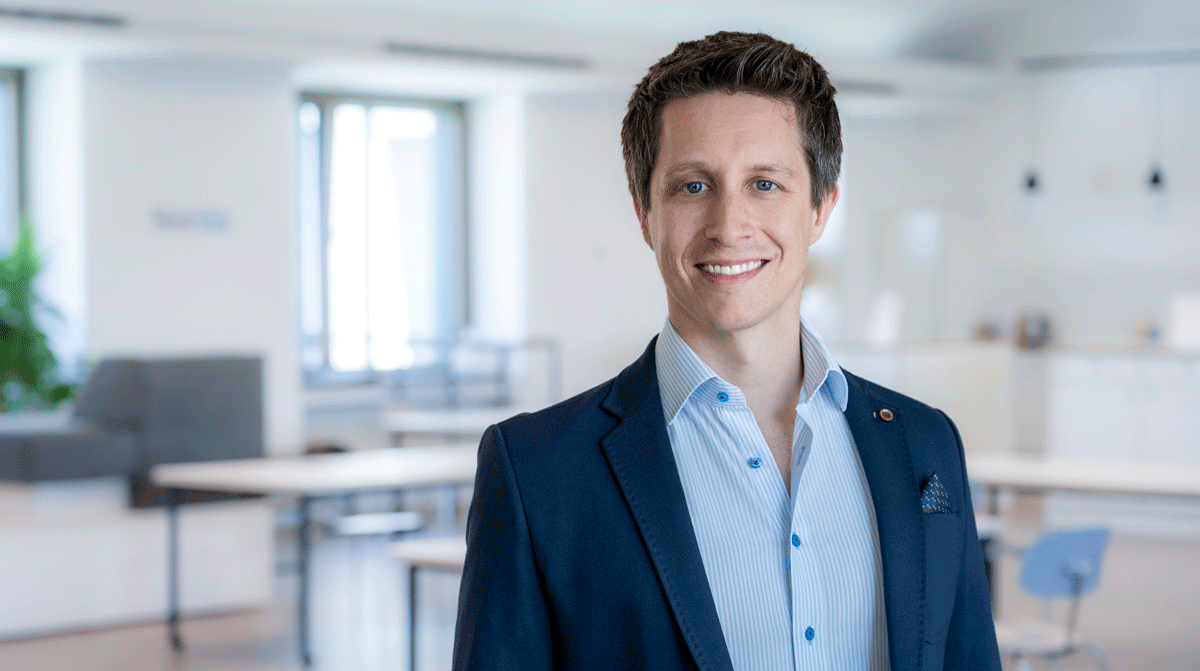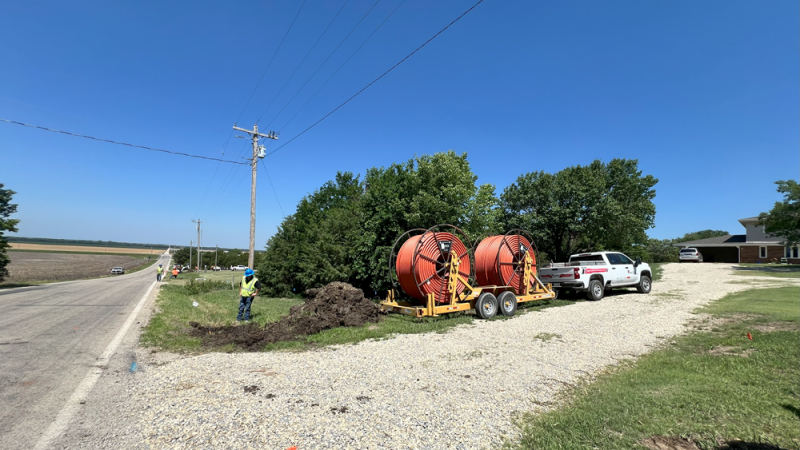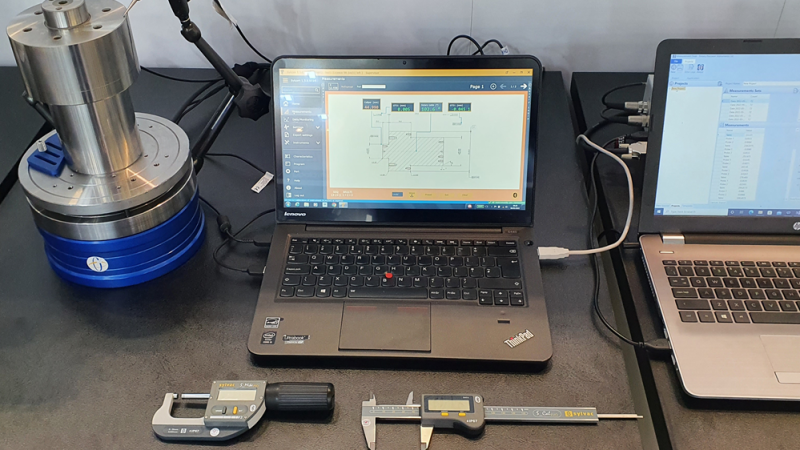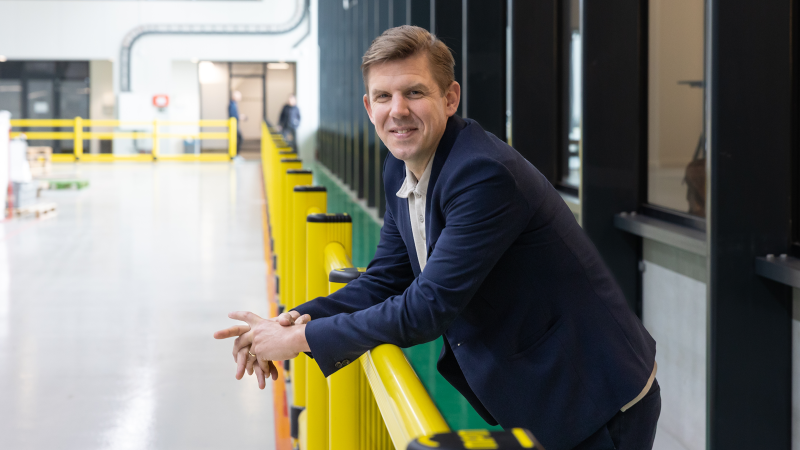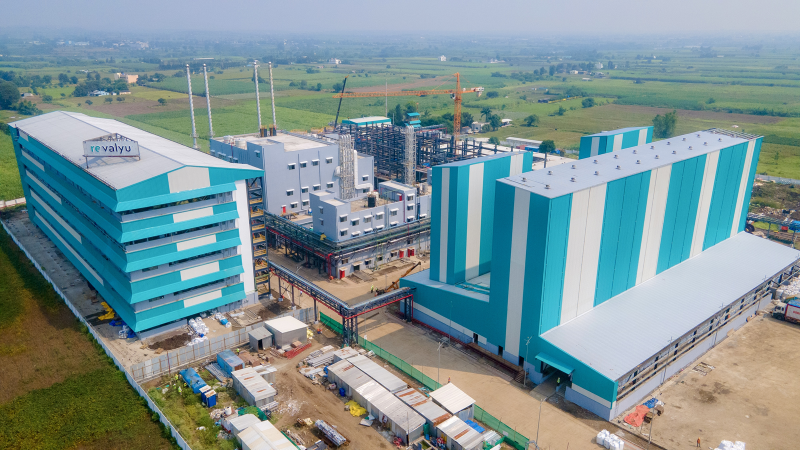The company that today employs over 300 people from more than 60 countries in four offices around the world, was founded in 2013 with just four individuals. One of them was the NavVis CEO Felix Reinshagen, an industry-leading expert in indoor navigation and 3D visualization, who got involved in software development while still at school. While completing his PhD at Stanford University he met his future business partners and the idea of a company that would provide advanced indoor digitisation, navigation and location-based services was born.
“The original idea for what we were trying to achieve was very simple. There is a very sophisticated industry that brings meteorological data and positioning information on everything that is happening outdoors. We wanted to recreate this for the inner space. The aim was to build a new breed of scanning technologies that would provide a digital 3D scan of buildings at much higher speed and low cost.”
Looking back, he reflects that the first milestone was the introduction of a high-quality, dynamic scanning system to the market. “The second step was something that’s very new for the traditionally desktop-based industry, namely doing all this in the cloud. So, moving from a hardware-lead measurement technology to truly software-lead and cloud-based technology has been the second big step change that we accomplished for the industry.”
“The combination of the scanning hardware that collects data in the field and the industry-leading data processing software is unique. The two things together mean the full product; laser scanned data can be processed anywhere with an internet connection, making it easy to use and saving a considerable amount of time.”
 Building better reality
Building better reality
The company’s SLAM-based, wearable mobile mapping solutions are designed to capture accurate data, visualize it effectively, and integrate it into existing workflows. SLAM laser scanning offers a powerful solution for buildings, public structures as well as transportation applications, enabling the generation of detailed 2D and 3D models of infrastructure such as streets, bridges, and buildings such as train stations and airports.
The company’s latest innovation, NavVis VLX 3, was introduced in May 2023 and is a game-changer, says the company. It is powered by a unique precision SLAM technology that sets it apart in terms of achieving dependable and highly accurate survey results.
“With these innovative new features and improvements, users are better able to generate high-quality point clouds of buildings, construction sites, roads, bridges, tunnels, and more. Seamlessly integrated with NavVis IVION, our platform for spatial data, customers have the foundation of a digital twin for smart collaboration and decision-making to help build the world we want to live in.”
In addition to surveying, NavVis’s solutions have been increasingly applied in the automotive and general manufacturing industries, enabling ‘the factories of the future’, where an up-to-date digital twin of the facility can accelerate production planning and operations. “A digital twin is a very easy way to improve planning in factories as well as shop floor efficiency, and overall reduce production unit costs. It can also massively accelerate the implementation of new features and even entire new lines of products,” says Reinshagen.
Digital existence
Over the years, NavVis has developed a global customer base that features major multinational companies. For example, the BMW Group relies on the support of the NavVis Digital Factory Solution to digitize its plants worldwide, making them fit for the automotive production factories of the future.
In line with increased demand for its solutions, NavVis has expanded its geographical presence. While the centre of research remains in Munich, NavVis has set up offices in the UK, in the United States (New York and Los Angeles), in China and is working closely with a partner in Japan.
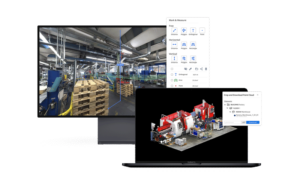 This diverse focus is reflected internally as well. “We employ a very international team, not only to match our international client base, but also because we want to attract the very best talent. We are really on the absolute frontier of what is possible from a technology perspective – we employ the very latest and greatest in artificial intelligence and machine learning to make the best out of that data, and with the best of experts, we are really in a premier position to do so,” says Reinshagen.
This diverse focus is reflected internally as well. “We employ a very international team, not only to match our international client base, but also because we want to attract the very best talent. We are really on the absolute frontier of what is possible from a technology perspective – we employ the very latest and greatest in artificial intelligence and machine learning to make the best out of that data, and with the best of experts, we are really in a premier position to do so,” says Reinshagen.
Reflecting on the latest market developments, he points out that the industry in general needs further simplification, and a further reduction of barriers to entry, both in terms of usability as well as in terms of initial investment cost. This is something NavVis is absolutely dedicated to doing.
“Everything that physically surrounds us will eventually get a digital existence. Every piece of building technology, every piece of furniture will be digital and digitally available, and this will create a whole new breed of services. These will all require a regular update. That is the difference between a digital twin and the static representation of a building we had in the past. We’re providing our customers with the technology that allows them to keep the digital representations updated and synchronized with reality.”
A message to the market
While the ‘fully digitised world’ is still a good few years away, Reinshagen affirms that in the next few years, this level of digitisation will become the standard in B2B and commercial industrial applications, as that is where the really expensive, high-capex buildings are located.
“Automotive, oil and gas, process industry in general, that is where this kind of digitisation will happen first, followed by perhaps public structures such as shopping malls and transport hubs like airports and railway stations,” he reflects, admitting that there is still an amount of scepticism in traditional industries, when it comes to some of the fundamental technologies like SLAM-based kinetic scanning.
“Doing everything in the cloud and leveraging artificial intelligence, moving from a hardware-driven, instrument-based measurement and scanning to something that’s software-driven, AI-driven, requires an open mind. I would like to encourage people to accept that idea because that’s exactly where their productivity gains and their competitive edge will come from.”
“I believe that it is absolutely necessary to embrace the new technology and become more digital, as this will help users make better operational decisions, boost productivity, streamline business processes, and improve profitability. This is an important message to send to the market.”
